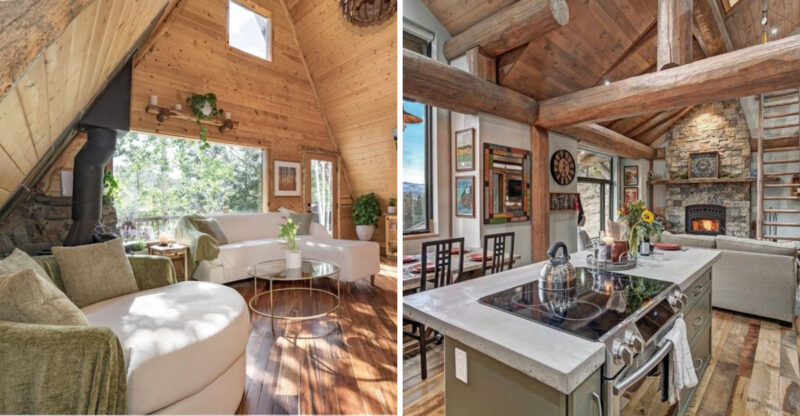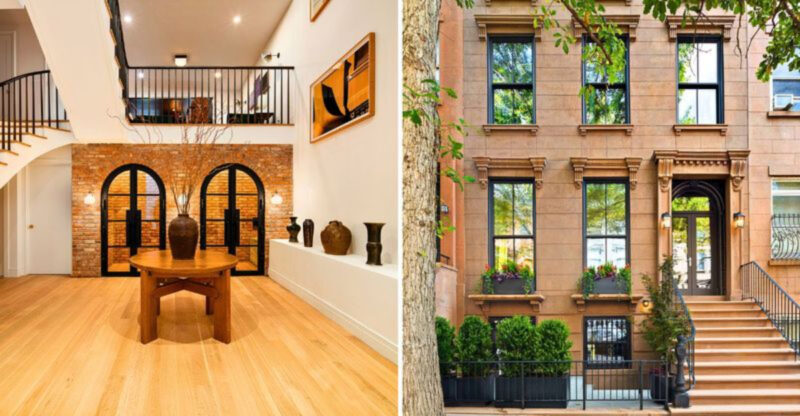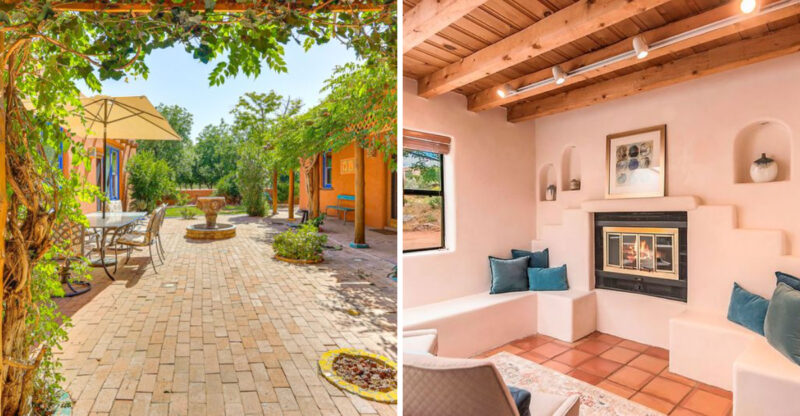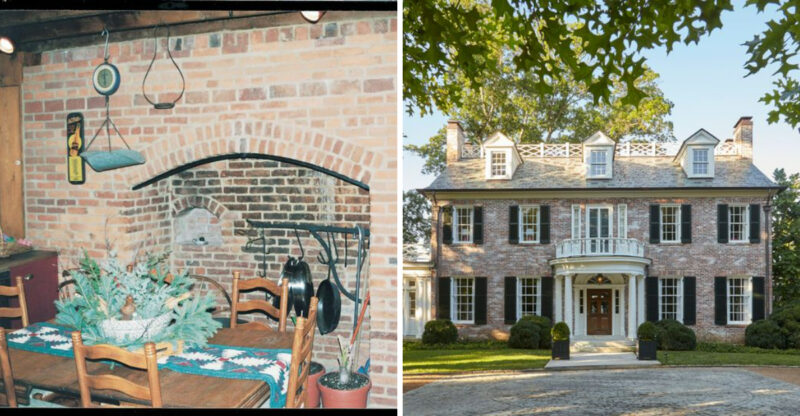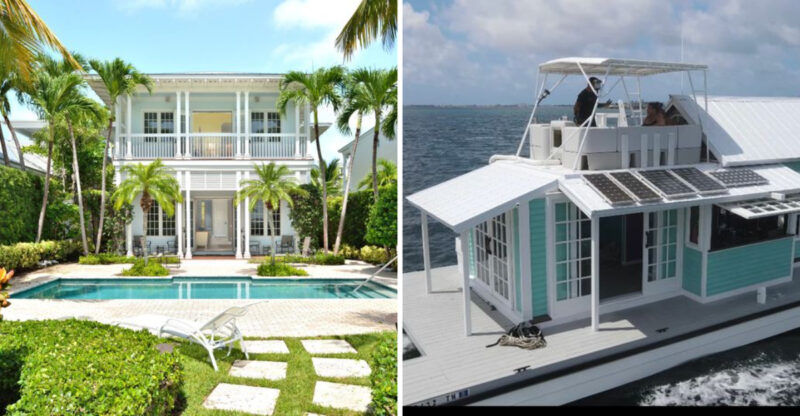Twenty Historic Homes Linked To The Rockefeller Family
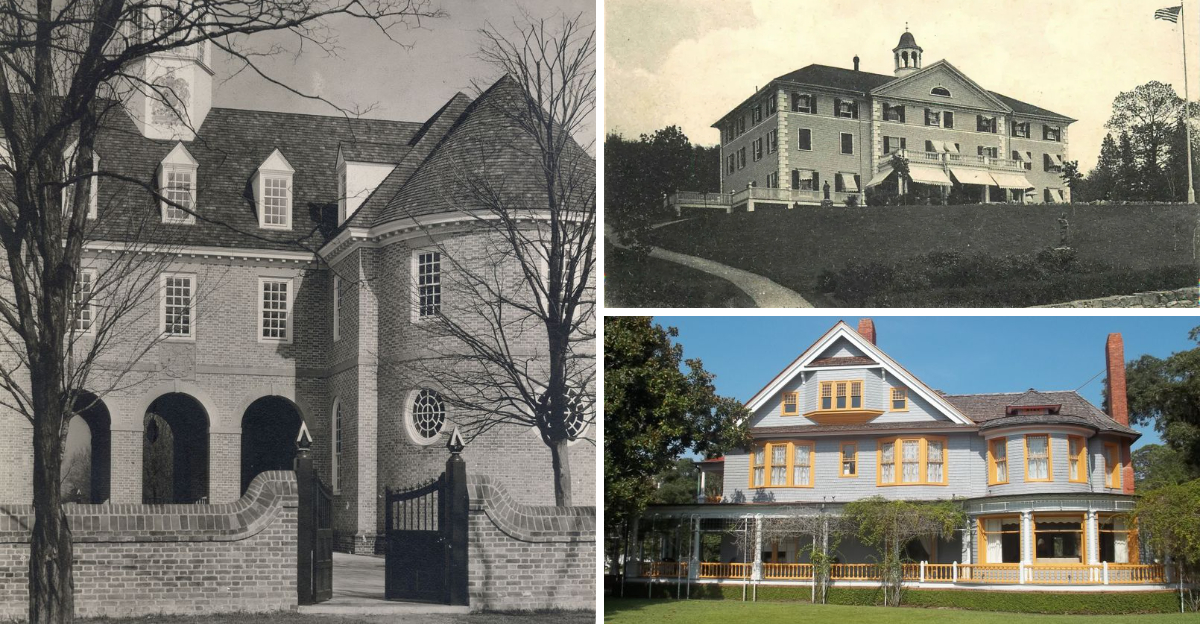
The Rockefeller family, America’s oil and banking dynasty, amassed unimaginable wealth during the late 19th and 20th centuries.
With their fortune came a collection of breathtaking homes that redefined luxury living across generations. From sprawling country estates to urban penthouses, these residences showcased not just the family’s immense wealth but also their cultural tastes and social aspirations.
1. Kykuit
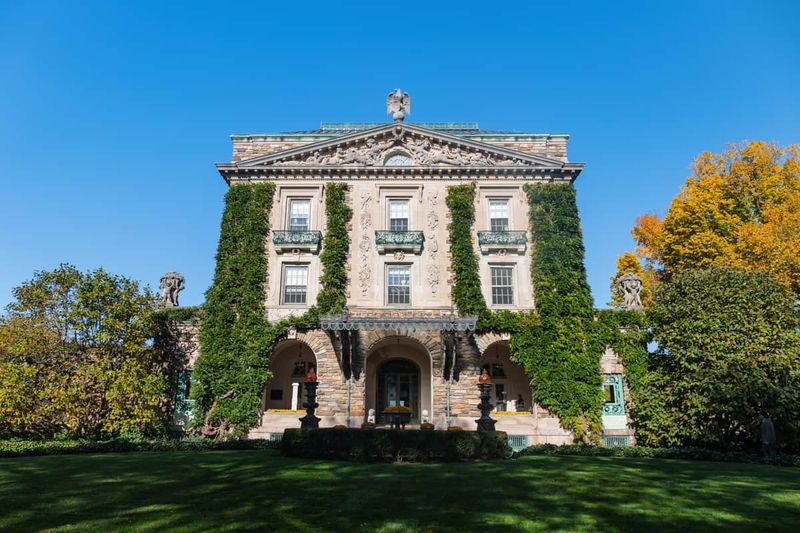
Perched majestically above the Hudson River in Sleepy Hollow, New York, Kykuit stands as the most iconic Rockefeller residence. John D. Rockefeller Sr. commissioned this 40-room Classical Revival mansion in 1913, later expanded by his son.
The estate features immaculate terraced gardens, underground art galleries housing Nelson Rockefeller’s sculpture collection, and panoramic views of the Hudson Valley. Today, this National Historic Landmark welcomes visitors who can glimpse the family’s refined lifestyle and artistic patronage spanning four generations.
2. The Eyrie
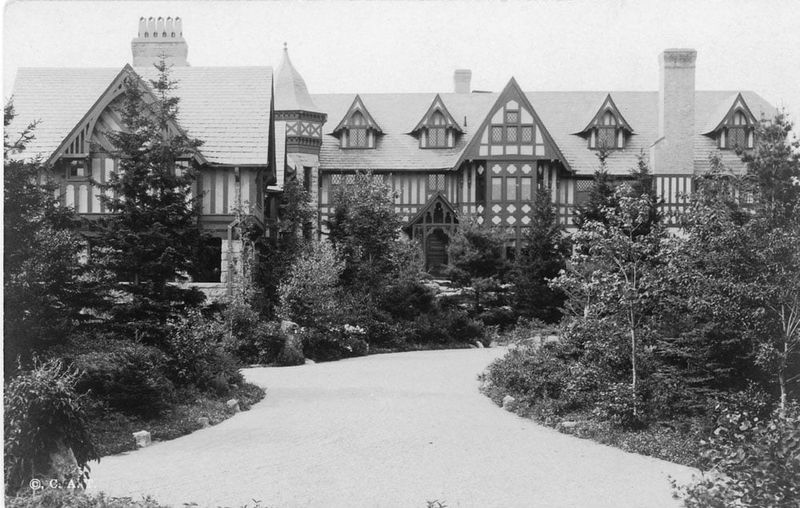
Nestled among the rugged coastline of Maine, The Eyrie became John D. Rockefeller Jr.’s beloved summer sanctuary. Built in 1910 on Mount Desert Island, this shingled cottage embodied rustic elegance rather than ostentatious display.
Family members gathered here annually to sail, hike, and enjoy Maine’s natural splendor. Junior’s passion for conservation led him to donate nearly 11,000 acres surrounding the property to create Acadia National Park. Though destroyed by fire in 1947, The Eyrie’s legacy lives on through the family’s environmental stewardship.
3. Nine West 57th Street
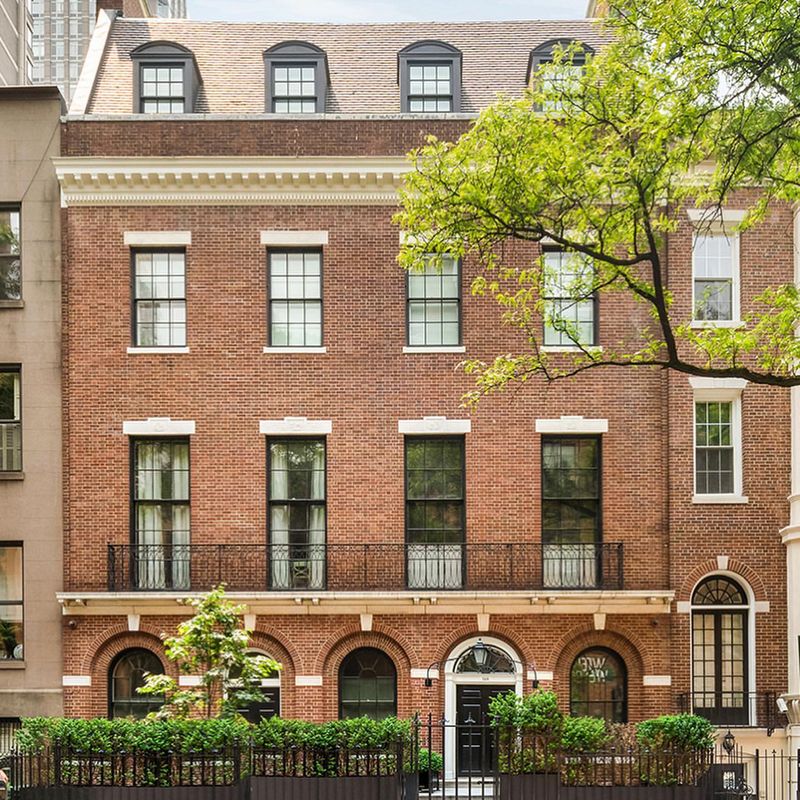
David Rockefeller, longtime chairman of Chase Manhattan Bank, resided in an elegant townhouse at 146 East 65th Street in Manhattan. Known for his deep ties to the city’s civic and cultural institutions, David’s home reflected his refined taste and passion for art.
His impressive collection, including works by Cézanne, Matisse, and Picasso, adorned the interiors. While he maintained offices in midtown Manhattan, including Chase headquarters, his private life was rooted in the Upper East Side.
His residence symbolized the family’s evolution from industrialists to modern philanthropists. After his passing, the townhouse was listed for sale and drew significant interest due to its historical ties.
4. Bassett Hall

Abby Aldrich Rockefeller and John D. Rockefeller Jr. fell in love with this modest 18th-century farmhouse in Virginia’s historic triangle. Purchased in 1936, Bassett Hall became their spring and autumn retreat during the restoration of Colonial Williamsburg.
Unlike their grander properties, this white clapboard home reflected Abby’s appreciation for American folk art and simpler colonial aesthetics. The couple enjoyed strolling the 585-acre woodland property. Today, visitors can tour the house much as it appeared during the Rockefellers’ time, complete with Abby’s pioneering folk art collection.
5. Hudson Pines
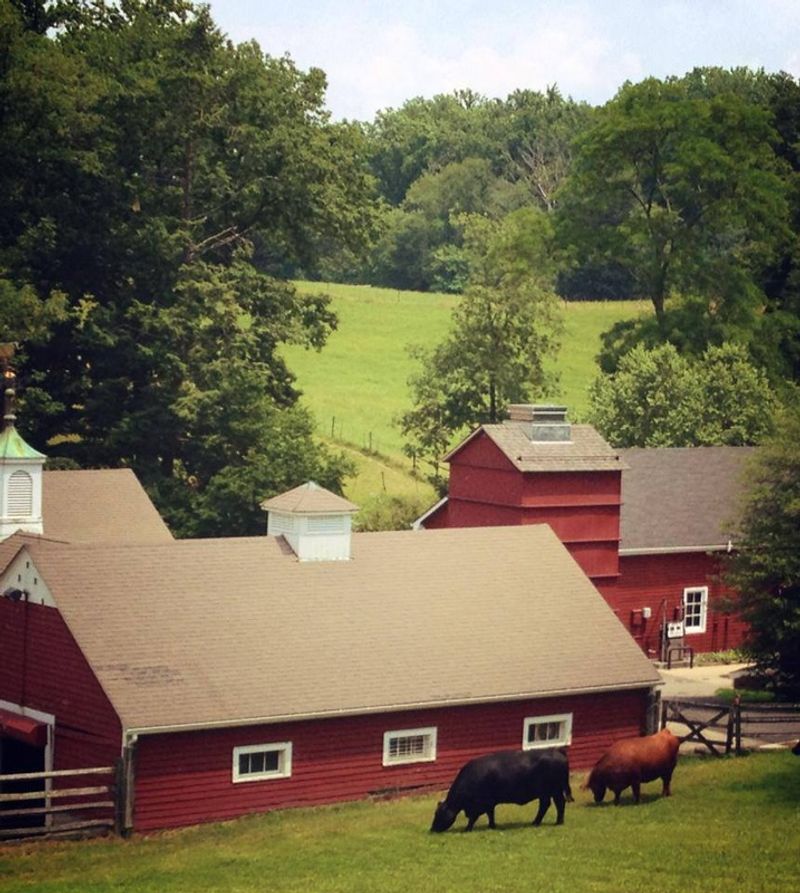
Margaret “Peggy” Rockefeller transformed this 75-acre Pocantico Hills estate into a working farm dedicated to preserving heritage livestock breeds. The main house, a stone and timber structure designed in 1938, combined rustic warmth with understated elegance.
David Rockefeller later inherited this property from his wife, maintaining her agricultural legacy. The farm became known for its prizewinning cattle and commitment to sustainable agriculture. After David’s death in 2017, Hudson Pines sold for $33 million, setting a record for Westchester County real estate.
6. Four Winds
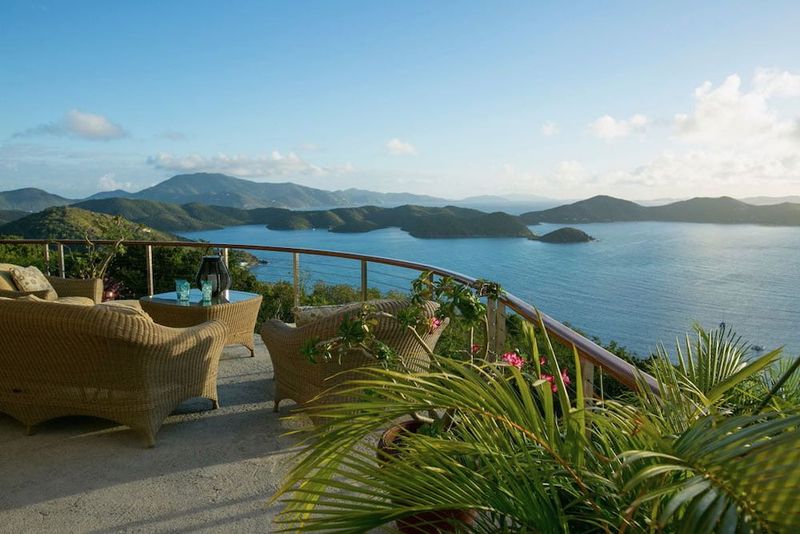
Laurance Rockefeller, the family’s eco-tourism pioneer, created this tropical paradise on St. John in the U.S. Virgin Islands. The open-air beachfront villa, completed in 1955, embraced Caribbean modernism with its integration of indoor and outdoor living spaces.
Constructed from native stone and exotic hardwoods, Four Winds embodied Laurance’s environmental philosophy. The estate eventually became part of his larger Virgin Islands National Park donation. His visionary approach to luxury tourism balanced development with conservation, establishing a model for sustainable resorts worldwide.
7. Rockwood Hall

Before Kykuit captured public imagination, John D. Rockefeller Sr. established this 200-room mansion along the Hudson River in 1886. Designed by Ebenezer Roberts, Rockwood Hall featured a grand limestone facade, 11 staircases, and an interior courtyard.
The 1,000-acre estate included formal gardens, a working farm, and even a private railroad station. Though demolished in 1942, the property’s stone foundation walls and dramatic landscape remain accessible as part of Rockefeller State Park Preserve. Visitors today can hike the carriage roads where America’s first billionaire once strolled.
8. JY Ranch
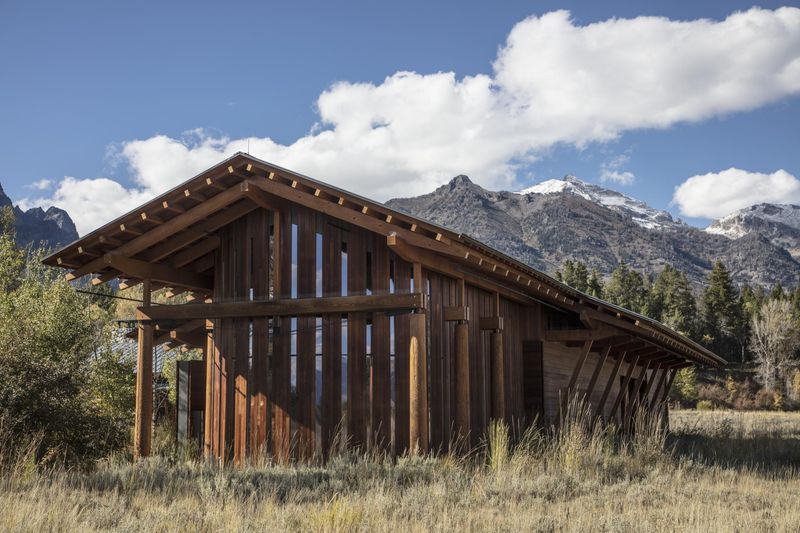
John D. Rockefeller Jr. discovered his love for Wyoming’s Teton mountains during a 1926 family vacation. He quietly purchased over 33,000 acres, establishing the JY Ranch as his family’s western retreat and eventual conservation project.
The rustic log cabin compound featured a main lodge, guest cabins, and recreational facilities nestled among pine forests. Junior later donated most of his holdings to create Grand Teton National Park, keeping only the family compound. In 2001, the fourth generation finally gifted the remaining JY Ranch to the National Park Service.
9. Abeyton Lodge
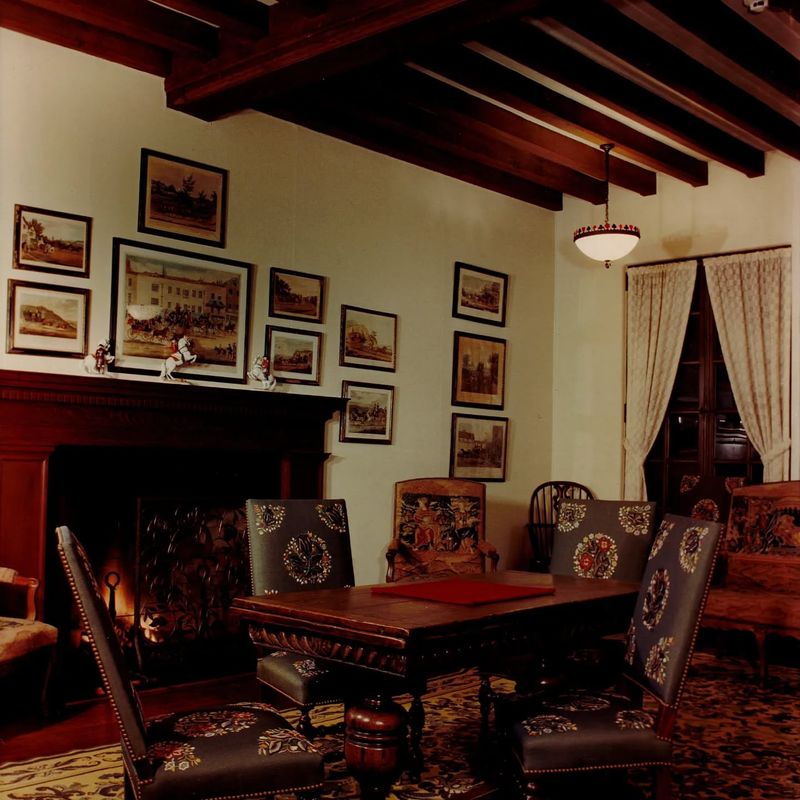
William Rockefeller, John D.’s brother and business partner, constructed this Adirondack Great Camp in 1876 on the shores of Upper St. Regis Lake. The compound eventually grew to include 17 buildings connected by covered walkways.
Crafted from local materials in the rustic Adirondack style, the lodge featured bark-covered exteriors, massive stone fireplaces, and handcrafted furniture. Family members gathered here for summer fishing, hunting, and boating expeditions. Though less publicized than other Rockefeller properties, Abeyton Lodge exemplified the family’s appreciation for America’s wilderness heritage.
10. Villa Turicum

Built in the early 1900s by Edith Rockefeller McCormick, daughter of John D. Rockefeller Sr., Villa Turicum was a palatial estate on the shores of Lake Michigan in Lake Forest, Illinois. Designed by architect Charles A. Platt, the Italian Renaissance-style villa boasted 44 rooms, formal gardens, and sweeping lake views.
Despite its grandeur, Edith spent limited time there, and the property eventually fell into decline. By the 1960s, the mansion was demolished, leaving only remnants of its once-opulent grounds.
Villa Turicum stands as a symbol of Gilded Age ambition and the Rockefeller family’s occasional indulgence in European-style luxury.
11. The Casements
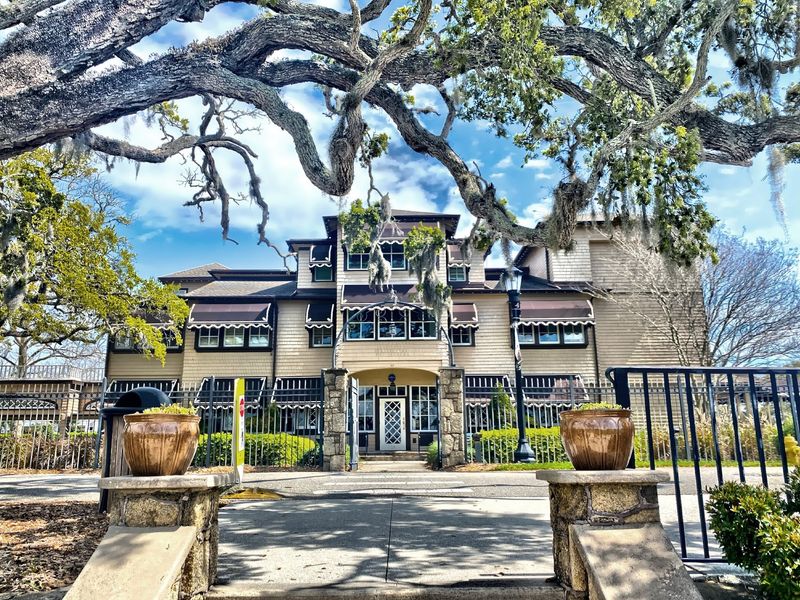
John D. Rockefeller Sr. spent his final winters in this relatively modest Florida home, purchased in 1918. Named for its casement windows that captured ocean breezes, the residence reflected the oil titan’s preference for simplicity in his later years.
Local residents often spotted America’s richest man handing out dimes to children and playing golf well into his 90s. After Rockefeller’s death in 1937, the property changed hands multiple times before being restored as a cultural center. Today, The Casements hosts exhibits about its famous owner and serves as Ormond Beach’s community hub.
12. 10 West 54th Street

John D. Rockefeller Jr. and Abby Aldrich Rockefeller established this Manhattan townhouse as their primary residence in 1901. Located just steps from Fifth Avenue, the limestone mansion combined Beaux-Arts elegance with modern amenities.
The seven-story home featured a two-story art gallery where Abby displayed her groundbreaking collection of modern art. This private passion eventually led to the founding of the Museum of Modern Art. Though demolished in 1938 to make way for the Rockefeller Apartments, the townhouse represented the family’s commitment to urban living and cultural patronage.
13. Rockefeller Center Penthouse
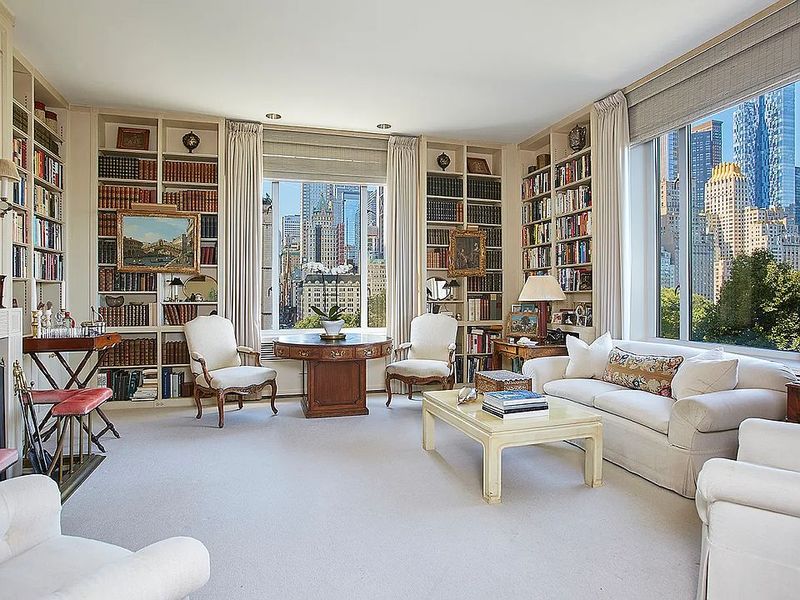
Nelson Rockefeller maintained this spectacular triplex atop 810 Fifth Avenue, overlooking Central Park. The 3,000-square-foot rooftop terrace became famous for hosting political gatherings during his gubernatorial and presidential campaigns.
Interior spaces showcased his renowned modern art collection, with works by Picasso, Matisse, and Miró adorning the walls. When Nelson divorced his first wife to marry Happy Fitler Murphy, he famously split the apartment in half, creating two separate residences. This architectural solution to domestic drama became legendary in New York real estate circles.
14. Fieldwood Farm

Peggy Rockefeller established this working farm in Bedford Hills, New York, as a center for her passion: breeding prize-winning Simmental cattle and thoroughbred horses. The 100-acre property featured a stone farmhouse, state-of-the-art equestrian facilities, and rolling pastures.
David and Peggy spent weekends here pursuing their agricultural interests away from Manhattan’s social whirl. Following Rockefeller family tradition, the property emphasized conservation practices alongside agricultural production. After David’s death, the estate sold for $33 million, continuing to operate as a premier equestrian facility under new ownership.
15. Overhills
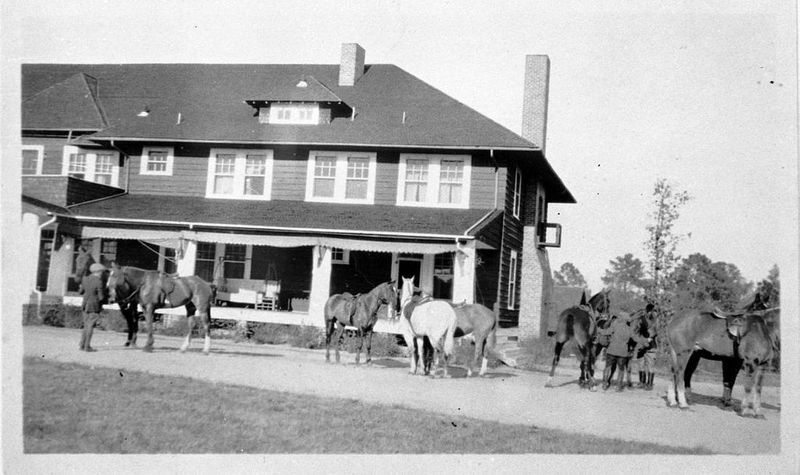
Percy Rockefeller, John D.’s nephew, established this 10,000-acre sporting estate near Fayetteville, North Carolina, in 1916. The property centered around a hunt club where the family entertained industrial titans and political figures during lavish quail hunting expeditions.
Facilities included a golf course, stables, and numerous guest cottages scattered across the longleaf pine forest. After Percy’s death, the estate remained in family hands until 1997, when it was sold to the U.S. Army. Now part of Fort Bragg, many original structures remain, preserved as historic landmarks.
16. The Rocks

John D. Rockefeller Jr. gifted this 1,400-acre New Hampshire property to his wife Abby in 1922. Originally intended as a family retreat, The Rocks evolved into a working Christmas tree farm under Abby’s direction.
The estate featured a 20-room main house called the Big House, formal gardens, and extensive hiking trails through the White Mountains. After a fire destroyed the main residence in 1941, the family donated the property to the Society for Protection of New Hampshire Forests. Today, The Rocks operates as an educational center and sustainable Christmas tree farm.
17. Gibbons Hall
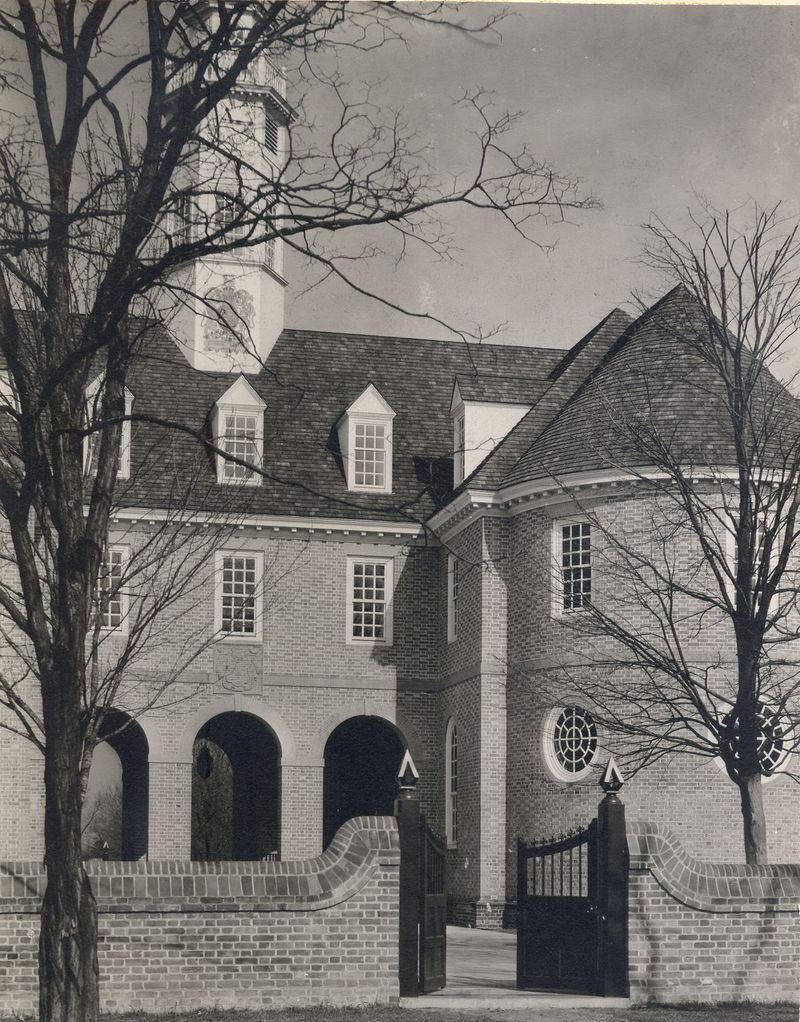
Laurance Rockefeller and Mary French created this English-inspired country estate in Kent, Connecticut, as their family sanctuary. The Georgian-style main house, built in 1930, sat amid 550 acres of meticulously landscaped grounds.
Unlike more publicized Rockefeller properties, Gibbons Hall remained intensely private. The family valued its seclusion for multigenerational gatherings away from public scrutiny. Following Laurance’s conservation ethic, much of the property was later placed under environmental protection through conservation easements, preserving its natural beauty for future generations.
18. Golf House
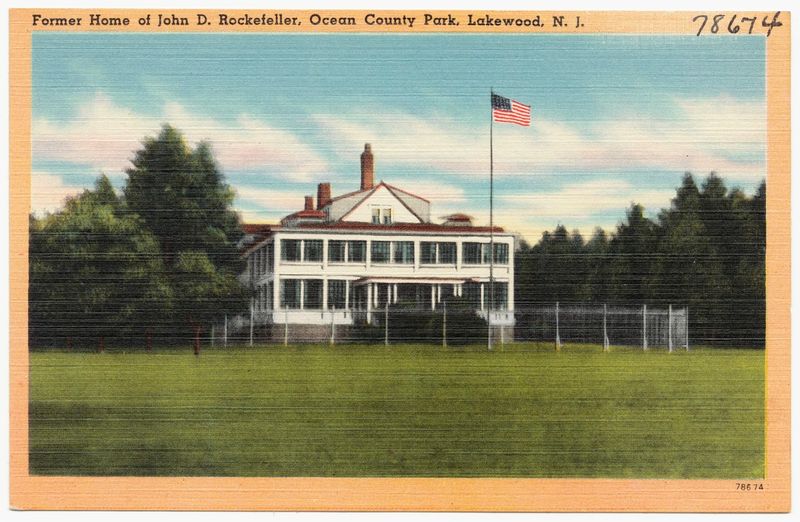
John D. Rockefeller Sr. escaped harsh Cleveland winters at this Lakewood, New Jersey property beginning in the 1890s. The relatively modest Victorian structure earned its nickname from the oil magnate’s daily golf routine, which he maintained well into his 90s.
Rockefeller installed his own private nine-hole golf course where he played daily regardless of weather. Local residents often spotted America’s richest man handing out dimes to children he encountered during his walks. After his death, the property was redeveloped, though “Rockefeller Park” preserves a portion of the original estate.
19. Rockefeller Cottage
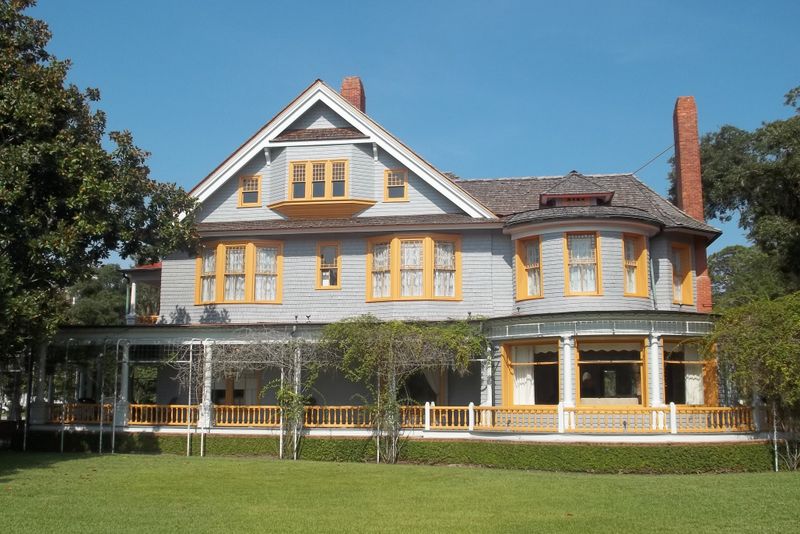
William Rockefeller joined America’s elite at the exclusive Jekyll Island Club off Georgia’s coast in 1905. His “cottage” – actually a 25-room Mediterranean Revival mansion – stood among properties owned by Morgans, Vanderbilts, and Pulitzers on this Gilded Age playground.
The home featured hand-painted ceiling murals, custom woodwork, and a distinctive tower overlooking the Atlantic. Unlike northern estates, this winter retreat emphasized leisure rather than business or philanthropy. Today, the restored cottage operates as part of the Jekyll Island Club Resort, allowing visitors to experience Gilded Age luxury.
20. Pocantico Hills School

While not a residence, this school building represents the Rockefeller family’s profound impact on their home community. John D. Rockefeller Jr. donated land and funds to build this Tudor-style educational facility in 1932 for Pocantico Hills children, including his own.
The school featured state-of-the-art facilities unusual for rural education at the time. Multiple generations of Rockefellers attended classes alongside local children, reflecting the family’s belief in community integration despite their wealth. The school continues operating today, sustained by the tax base from Rockefeller properties and endowments.

